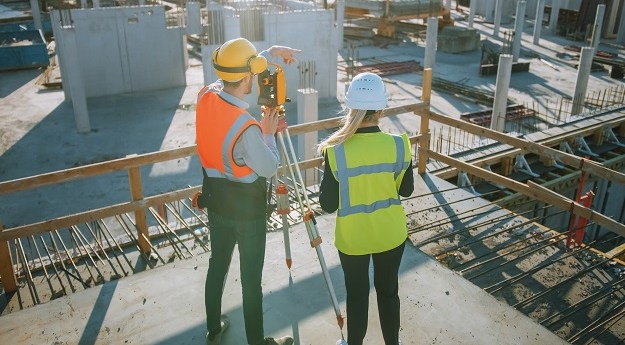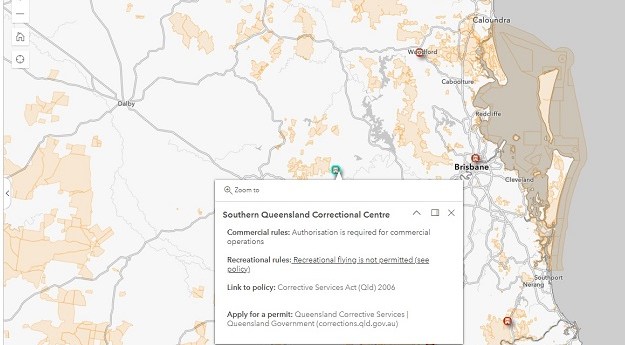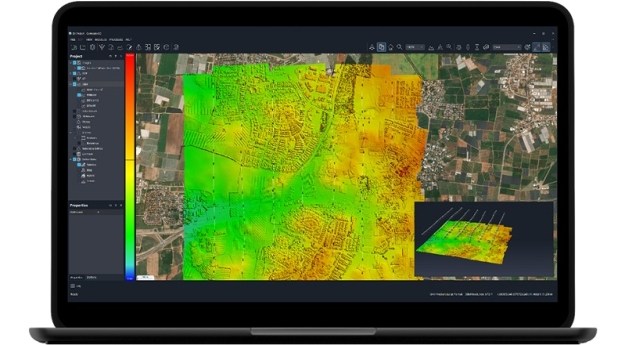
AAP © A new robot will aid smartphones and other devices to calculate their exact location to millimetres.
A new antenna calibration facility will significantly improve the accuracy of satellite positioning technologies that underpin a range of industrial and research applications.
The state-of-the-art Global Navigation Satellite System (GNSS) robotic antenna calibration facility, which consists of two outdoor robots, is one of only three of its kind in the world and the only one in the Southern Hemisphere. It will increase satellite positioning precision to less than one millimetre.
Minister for Science and Research, Senator Don Farrell, commissioned the facility at Geoscience Australia’s Canberra headquarters this week.
“This calibration facility will improve the accuracy of the national GNSS network, and will form an important component of the National Positioning Infrastructure announced in the recently-released Australia’s Satellite Utilisation Policy,” Senator Farrell said.
Minister for Resources and Energy, Gary Gray said the new facility would enable Geoscience Australia and other organisations to more accurately measure the deformation of the Earth’s surface, particularly in relation to subsidence caused by activities such as groundwater and coal seam gas extraction.
“Precise monitoring will ensure that even the slightest impact from these extraction processes can be recognised,” Mr Gray said.
“This infrastructure will also underpin innovation and improved productivity across our economy, in areas as diverse as automatic mining operations, transport systems, precision agriculture, weather prediction, land survey activities, engineering and construction. In the longer term, it will also help to provide improved accuracy for hand-held devices and smart phones.”
The $1 million facility will enhance some of the leading-edge geospatial capabilities already available to Australian researchers. It will be used to calibrate 200 GNSS antennae acquired as part of the AuScope Australian Geophysical Observing System (AGOS). AuScope is a collaboration that brings together the CSIRO, Geoscience Australia, state government agencies and 11 universities, to transform understanding of the structure and evolution of the Australian continent.
Senator Farrell said the Australian Government had provided AuScope with more than $66 million through the National Collaborative Research Infrastructure Strategy (NCRIS) and the Education Investment Fund (EIF).
“AuScope has leveraged a further $70 million of co-investment from participating organisations, demonstrating the value that these collaborative approaches bring to building the nation’s research infrastructure,” he said.
The Chief Executive Officer of AuScope, Dr Bob Haydon, said AuScope is delivering tools which enhance the competitiveness of Australian industry.
“These tools are improving resource discovery, and supporting the sustainable development and management of the nation’s minerals, energy and groundwater assets,” Dr Haydon said.
“As well as supporting development of the resources industry, this calibration facility will also help to address the increasing demand for greater positioning accuracy in scientific investigations such as earthquake hazard mapping, monitoring the effects of climate change and tracking environmental variations over time.”












